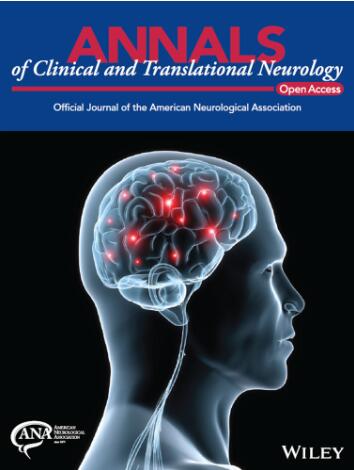Repeat Expansions in PLIN4 Cause Autosomal Dominant Vacuolar Myopathy With Sarcolemmal Features
Abstract
Objective
We aim to describe and characterize two unrelated Spanish families suffering from an autosomal dominant autophagic vacuolar myopathy caused by repeat expansions in PLIN4.
Methods
We evaluated the clinical phenotype and muscle imaging, and performed a genetic workup that included exome sequencing, muscle RNAseq, and long-read genome sequencing. Muscle pathology was assessed by means of histochemistry, electron microscopy, PLIN4, p62, LC3, and NBR1 immunofluorescence and/or western blotting. Detailed characterization of autophagic vacuoles was performed.
Results
Patients presented around the age of 30 with mild proximal weakness followed by prominent distal weakness in lower legs, eventually spreading to other muscle groups. Muscle biopsies showed unique pathological features characterized by numerous rimmed vacuoles that displayed sarcolemmal features and were located beneath the sarcolemma and within the cytoplasm. Ultrastructural studies showed autophagic vacuoles, replications, and loops of the basal lamina and tubulofilamentous sarcoplasmic inclusions. p62 and NBR1 co-localized with PLIN4 at the sarcolemma and vacuoles. LC3 immunoreactivity and other lysosomal markers were increased at the vacuoles. Targeted long-read sequencing of PLIN4 in affected individuals revealed a single expanded allele of 39 × 99 bp repeats in family 1 and of 37 × 99 bp repeats in family 2.
Interpretation
We characterize two new families suffering from an autosomal dominant myopathy carrying repeat expansions in PLIN4. Subsarcolemmal p62 expression is a powerful although nonspecific marker of this disease. No correlation between the size of the expansion and clinical severity can be clearly established. PLIN4 expansions should be considered in the diagnosis of autosomal dominant vacuolar myopathies, especially when sarcolemmal features are present.


 求助内容:
求助内容: 应助结果提醒方式:
应助结果提醒方式:


